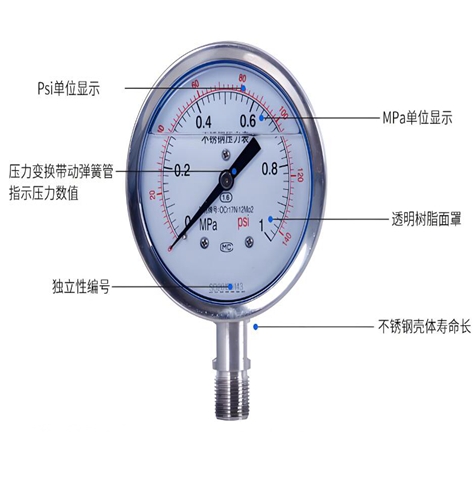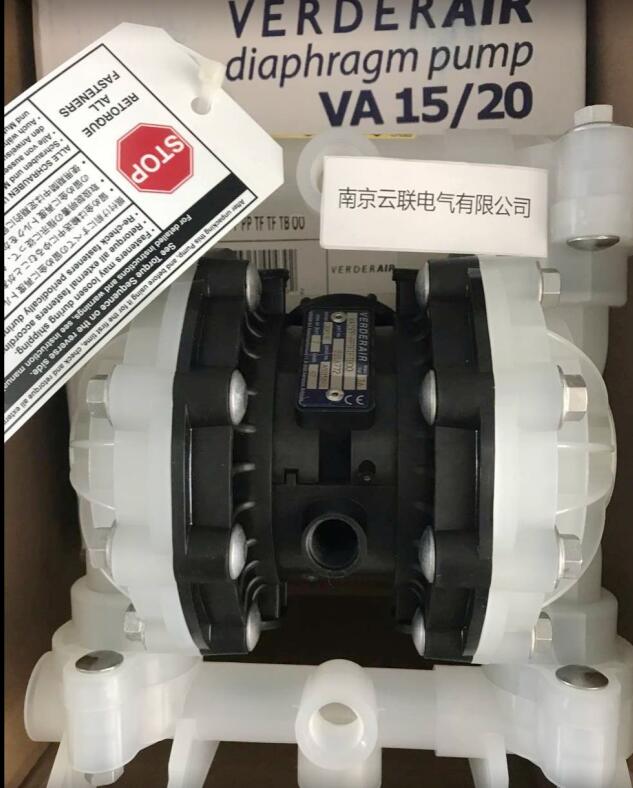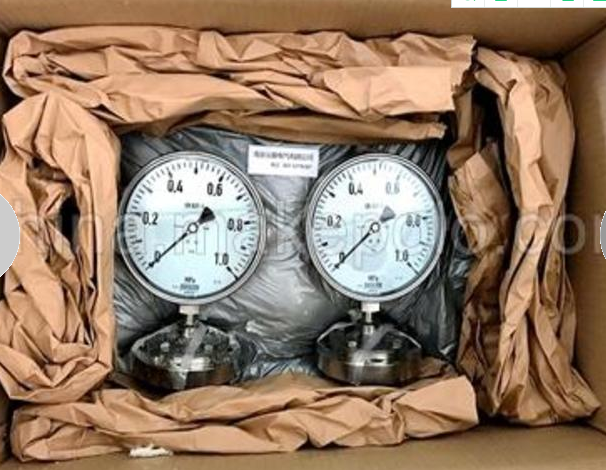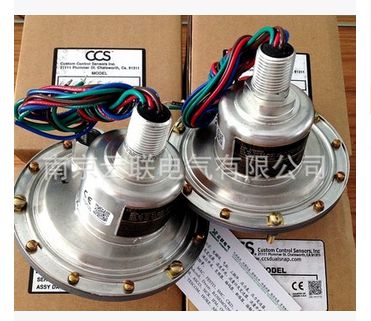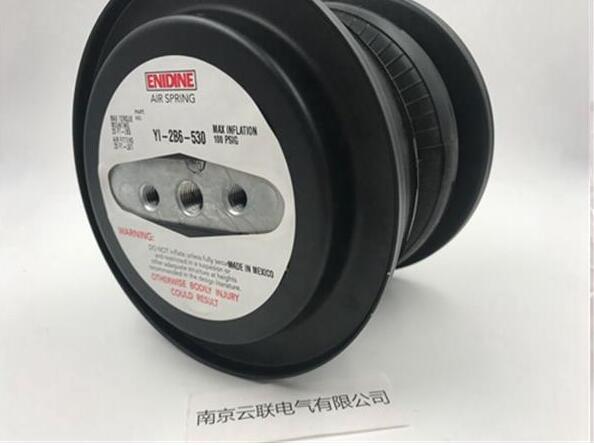详细介绍
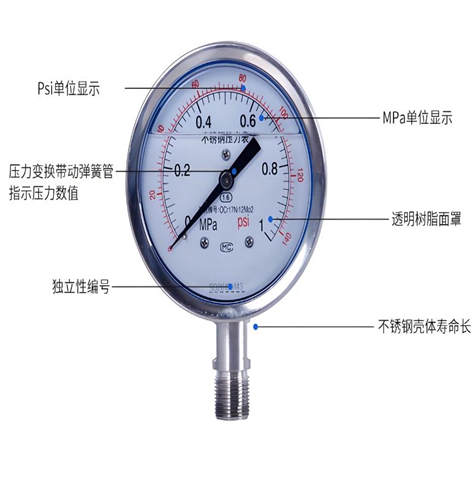
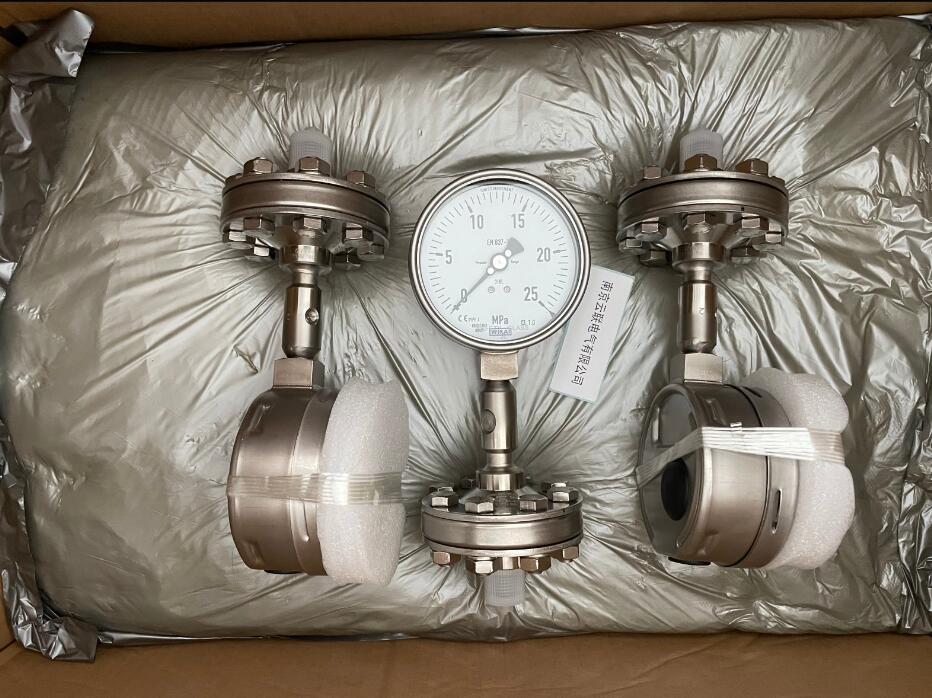
Comparison of Pressure Gauge Grades 1.6 and 2.5 in Different Application Scenarios
In practical applications, selecting the appropriate pressure gauge accuracy level requires comprehensive consideration of multiple factors, among which the application scenario is crucial.
In some industries with extremely strict pressure control requirements, such as aerospace, electronic semiconductors, etc., any small pressure deviation can lead to serious consequences. For example, in the testing of aircraft engines, it is necessary to accurately measure the pressure of the fuel and hydraulic systems to ensure the normal operation and safety of the engine. At this point, the high precision of the 1.6 level pressure gauge can meet the strict requirements for pressure measurement, provide accurate and reliable data, and help technicians discover and solve potential problems in a timely manner.
In some relatively extensive industrial fields, such as construction and mining, pressure is mainly monitored roughly to ensure the normal operation and safe production of equipment. In these scenarios, a 2.5-level pressure gauge is sufficient to meet the requirements. For example, in construction, a pressure gauge used to monitor the pressure of a concrete delivery pump only requires a rough understanding of the pressure range to ensure smooth delivery of concrete. The accuracy of a 2.5-level pressure gauge is sufficient, and its seismic performance is relatively good, which can adapt to the harsh environment of the construction site.
In addition, in some chemical production processes, the requirements for pressure gauge accuracy vary for different process steps. In processes such as reaction vessels that require high pressure control, a 1.6-level pressure gauge is usually used to ensure that the reaction is carried out under accurate pressure conditions, ensuring product quality and production safety. In some auxiliary systems, such as pressure monitoring of material conveying pipelines, a 2.5-level pressure gauge can meet the needs of daily monitoring.
Different application scenarios have different requirements for the accuracy level of pressure gauges. In high-precision scenarios, the 1.6 level pressure gauge performs well; In some scenarios with relatively low precision requirements, harsh environments, or cost sensitivity, a 2.5-level pressure gauge has more advantages.
#Application Scenario # 1.6L Pressure Gauge # 2.5L Pressure Gauge # Scenario Comparison
